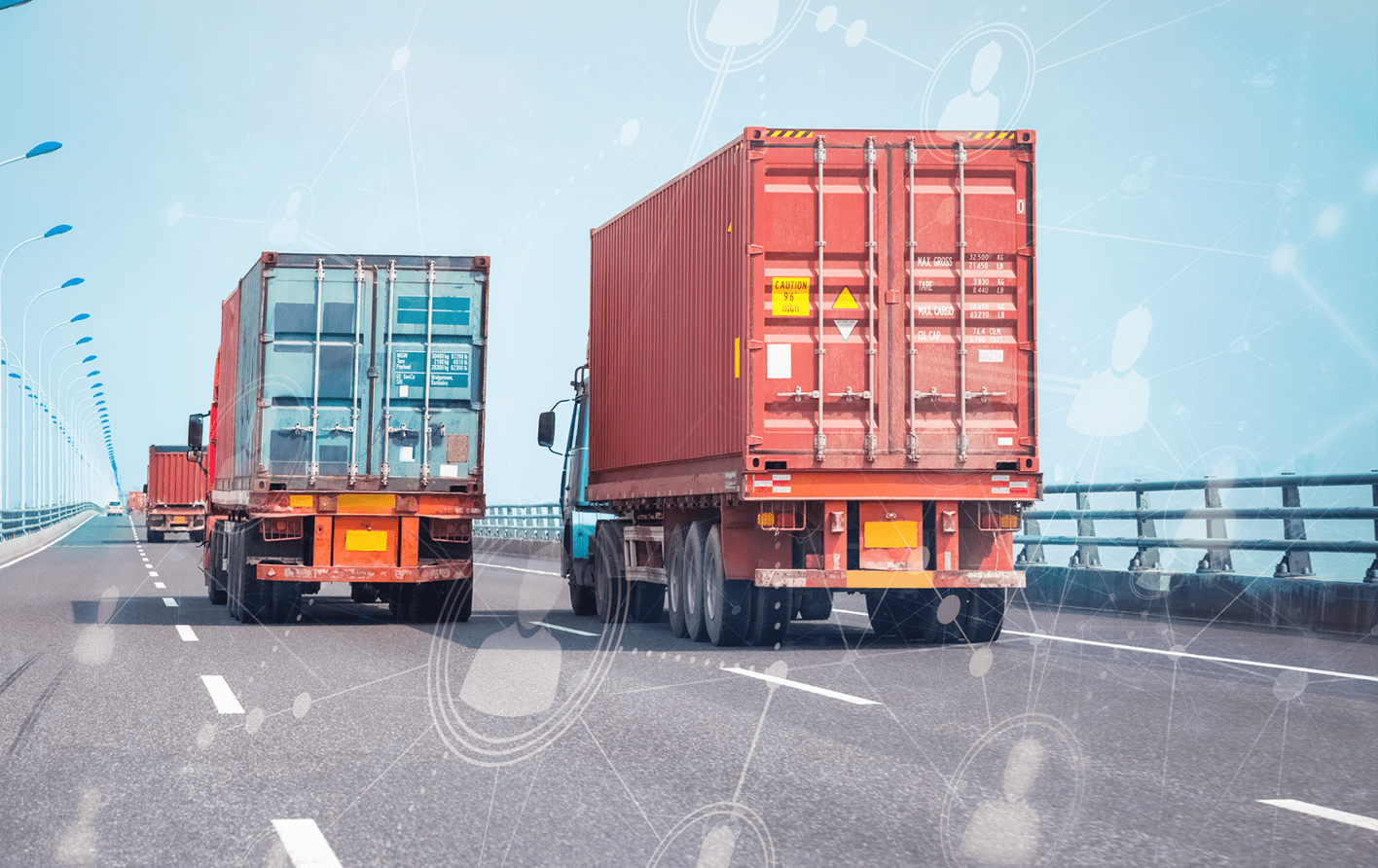Container triangulation is a well-known practice among transport companies worldwide. It’s a process that involves reusing import containers for exports, reducing the need to transport empty containers to and from depots and improving turnaround times. This approach simplifies logistics while delivering big business benefits: a) Reduced costs: By reusing containers, transport operators can minimise expenses associated with depot charges. Typically, returning containers to depots incurs additional costs, especially if they are not returned within the agreed timeframe. Container triangulation mitigates these costs, making the process more financially sustainable. b) Improved efficiencies: Efficient fleet utilisation is vital for any transport operator. By eliminating the need to ferry empty containers to and from depots, businesses can make better use of their resources. This means streamlined operations, faster turnaround times, and increased profitability. c) Reduced environmental impact: Container triangulation also plays a crucial role in reducing CO2 emissions. By minimising the number of empty container movements, businesses contribute to a more sustainable and eco-friendly container transportation sector. However, container triangulation is out of reach for transport operators whose workload requirements don’t align. For example, if a company mainly deals with importing goods and doesn’t have any export work, they can’t truly leverage container…

